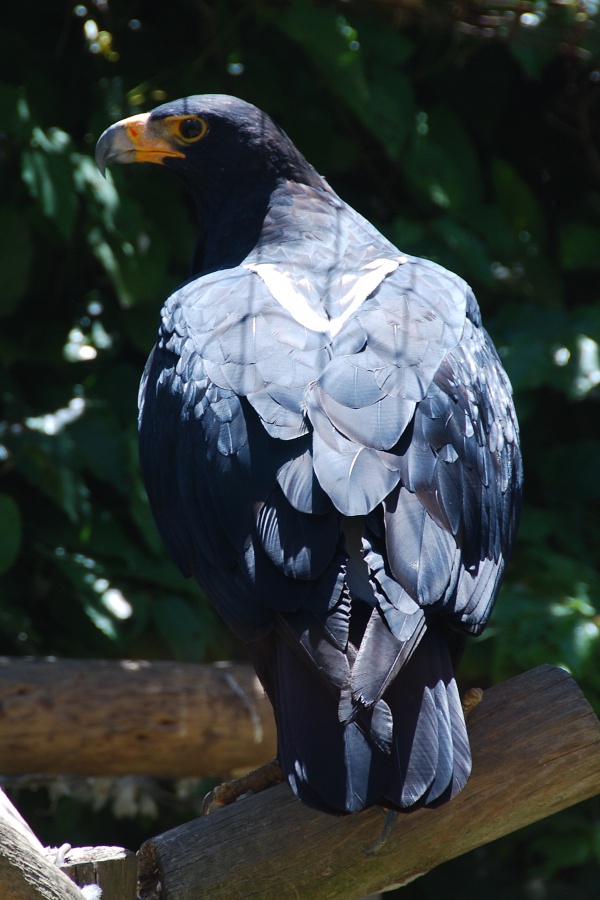Facts About Verreaux's eagle
Verreaux's eagle, also known as the black eagle, is a majestic bird of prey predominantly found across Africa. This impressive raptor thrives in the hilly and mountainous regions of southern and eastern Africa, with smaller, scattered populations in West Africa, the Arabian Peninsula, and the southern Middle East. The eagle is a specialist hunter, primarily preying on rock hyraxes. However, it is also known to hunt small antelopes, gamebirds, hares, and monkeys.
Classified under the order Accipitriformes and the family Accipitridae, Verreaux's eagle was first described by René Primevère Lesson in 1830. It belongs to a group of raptors known as booted eagles. Genetic studies have shown that it is closely related to Bonelli's eagle, the African hawk-eagle, the wedge-tailed eagle, and Gurney's eagle.
Verreaux's eagle is notable for its large size, with males weighing between 6.6 to 9.3 pounds and females tipping the scales at 6.8 to 15.4 pounds. These eagles are skilled hunters, particularly adept at catching rock hyraxes. They build their nests on cliffs and are known to be quite territorial.
Breeding season varies by region but generally spans from November to August. During this time, the male often brings food to the female before she lays her eggs. Typically, two eggs are laid, but only one chick usually survives due to siblicide, wherein the stronger chick kills its sibling. The young eaglet takes about 90 to 99 days to fledge and may remain with its parents for up to six months after leaving the nest.
The population of Verreaux's eagles is believed to number in the tens of thousands, though local populations can vary. Threats to their survival include habitat destruction, human persecution, and potential declines in their prey populations. Conservation efforts are crucial and may involve monitoring prey availability and reducing human disturbances in nesting areas.

 Israel
Israel